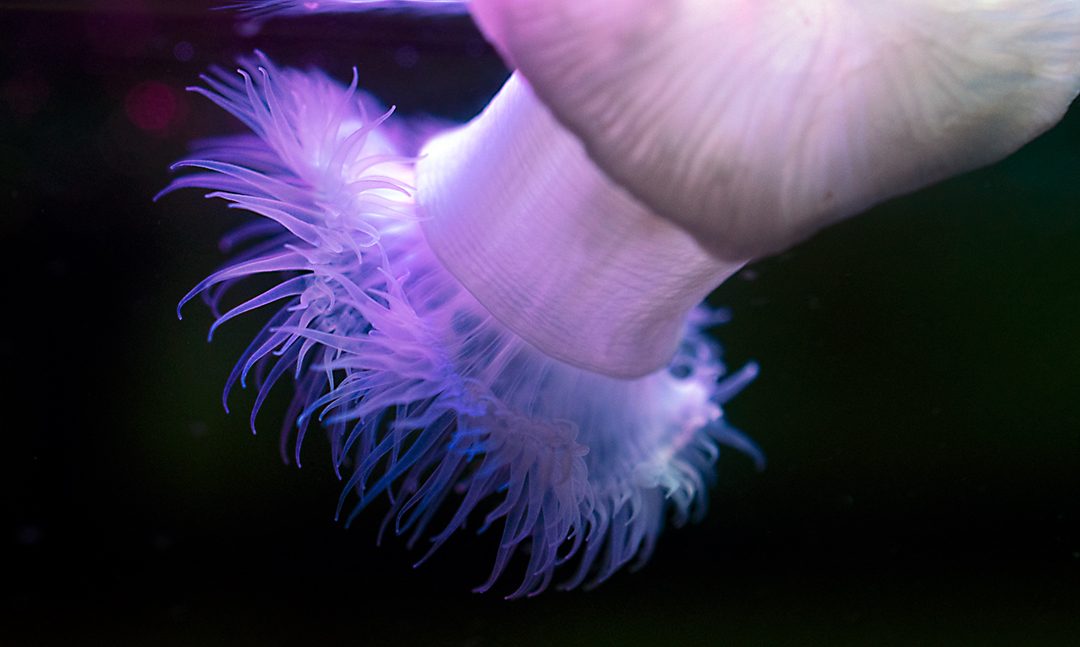
by David Young | Sep 28, 2024 | Cnidarians
Author: Fraser Evans Common Names: Short Plumose Anemone, Plumose Anemone, Fluffy Anemone, Frilled Anemone Scientific Name: Metridium senile Size: Roughly 10cm (4 inches) Identifying Features: The Plumose Anemone is usually short, from about 2 inches to 4 inches,...


